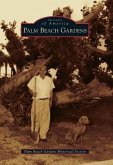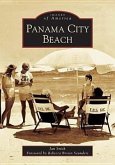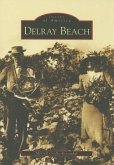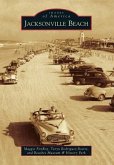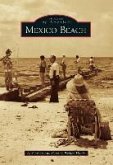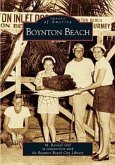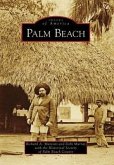The once sleepy barrier island labeled Estero Island on navigational charts was dubbed Fort Myers Beach in the early part of the 20th century by city folks who spent their weekends on its wide, sandy beaches. Centuries earlier, an abundance of fish and other seafood made the 6.5-mile-long island attractive to its earliest inhabitants, the Calusa, as well as explorers, fisherfolk, and a pirate or two. In the late 19th century, early homesteaders were lured by stories of free tillable soil in a balmy climate surrounded by warm waters and ankle-deep shells. When pink shrimp, labeled "Pink Gold," were found in nearby waters, another influx of residents arrived. Today, the island is best known as an energetic resort community, but it retains the influence and charm of its remarkable past.
Hinweis: Dieser Artikel kann nur an eine deutsche Lieferadresse ausgeliefert werden.
Hinweis: Dieser Artikel kann nur an eine deutsche Lieferadresse ausgeliefert werden.


